Found 15 results
Open Access
Article
29 October 2025Solutions of Minimized Agrochemicals Input in the Post Zero-Growth Era: A State-of-the-Art Analysis of the Hengduan Mountains, China
How to further reduce the input of agrochemicals after zero-growth is an important challenge faced by mountainous areas. Up to now, the combined solution for minimized agrochemicals intervention in the post zero-growth era has not been systematically analyzed globally. Here, the Hengduan Mountain regions (HMR) in China, as a case, we estimated the turning points of agrochemicals input intensities using a quadratic equation, as well as integrating policy document analysis and literature review. Results show that the occurred timeline of fertilizer and pesticide use zero-growth in 10 municipalities (prefectures) in the HMR is relatively wide, with a distribution from 2009 to 2019, illustrating that all municipalities (prefectures) have been achieved national goals ahead of 2020 deadline. Thus, the incentive of a series of national-level policies focusing on chemical fertilizers and pesticides has proven effective in achieving the zero-growth target of agrochemicals input in the HMR. However, comparison with major mountainous countries like Germany, Italy, Portugal, Romania, Austria, and Spain etc., there are clearly many opportunities for enhancement in reducing fertilizer and pesticide uses. We present a practical route to minimize agrochemicals application in the HMR through crop rotation-based agro-biodiversity solutions, organic alternative-based soil health solutions, professionalization-based precision farming solutions, smallholder farmers’ awareness-based behavior intervention solutions, conservation reserve-based zoning solutions, etc.
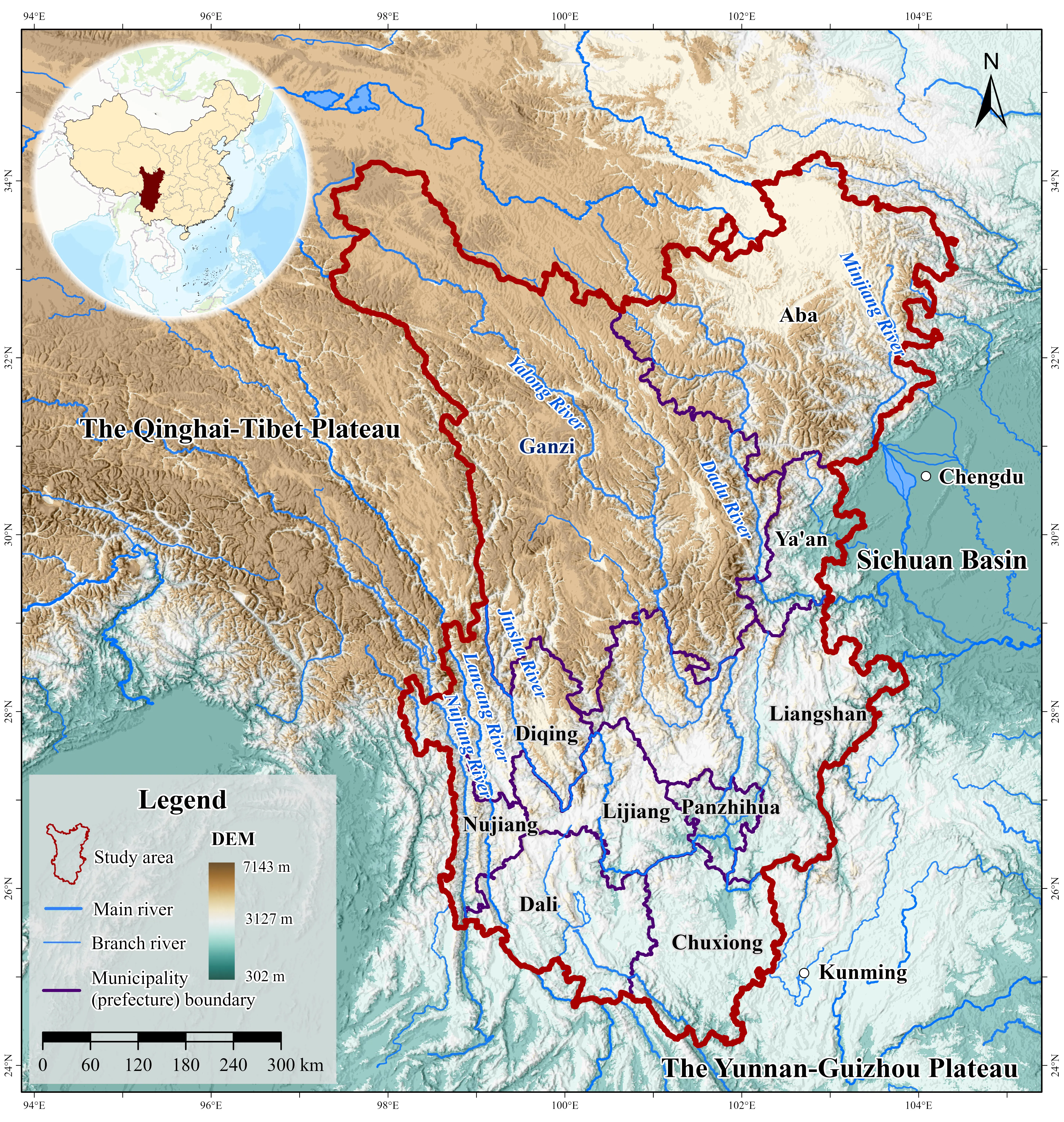
Open Access
Review
11 October 2025Evolutionary Game Theory for Sustainable Energy Systems: Strategic Bidding, Carbon Pricing, and Policy Optimization for Clean Energy Development
As the world transitions toward a low-carbon economy, carbon pricing mechanisms, including carbon taxes and emissions trading systems, have emerged as fundamental policy instruments for reducing greenhouse gas emissions, particularly within the electricity sector. This comprehensive review examines the impact of these mechanisms on energy market dynamics through the analytical framework of evolutionary game theory (EGT), modeling strategic interactions among power generation companies, renewable energy firms, and regulatory authorities. Our analysis demonstrates that carbon pricing systematically increases operational costs for fossil fuel-based power plants while simultaneously providing competitive advantages to renewable energy producers, accelerating the adoption of cleaner energy technologies. The study emphasizes the critical role of coordinated policy interventions, including subsidies, penalties, and green certificate systems, in facilitating the adoption of clean technologies and optimizing market transition pathways. These findings underscore the importance of well-designed policy frameworks that align economic incentives across all stakeholders to drive sustainable energy system transformation. Additionally, this research demonstrates how EGT can effectively model the strategic bidding behavior of energy firms, providing valuable insights for optimal decision-making under carbon pricing fluctuations. Through comprehensive case studies and simulation analysis, the paper illustrates how firms can leverage evolutionary strategies to optimize investments in clean technologies, enhance inter-firm cooperation, and stabilize market dynamics. This work further explores future research directions, particularly the integration of machine learning and real-time data analytics with EGT to enhance predictive capabilities and strategic decision-making processes. By establishing connections between EGT and real-world energy market dynamics, this study provides a robust analytical framework for understanding long-term behavioral trends in energy markets. The results contribute significantly to the interdisciplinary literature at the intersection of game theory, energy policy, and sustainability science, offering valuable insights for policymakers, researchers, and industry leaders advancing clean energy transition strategies.
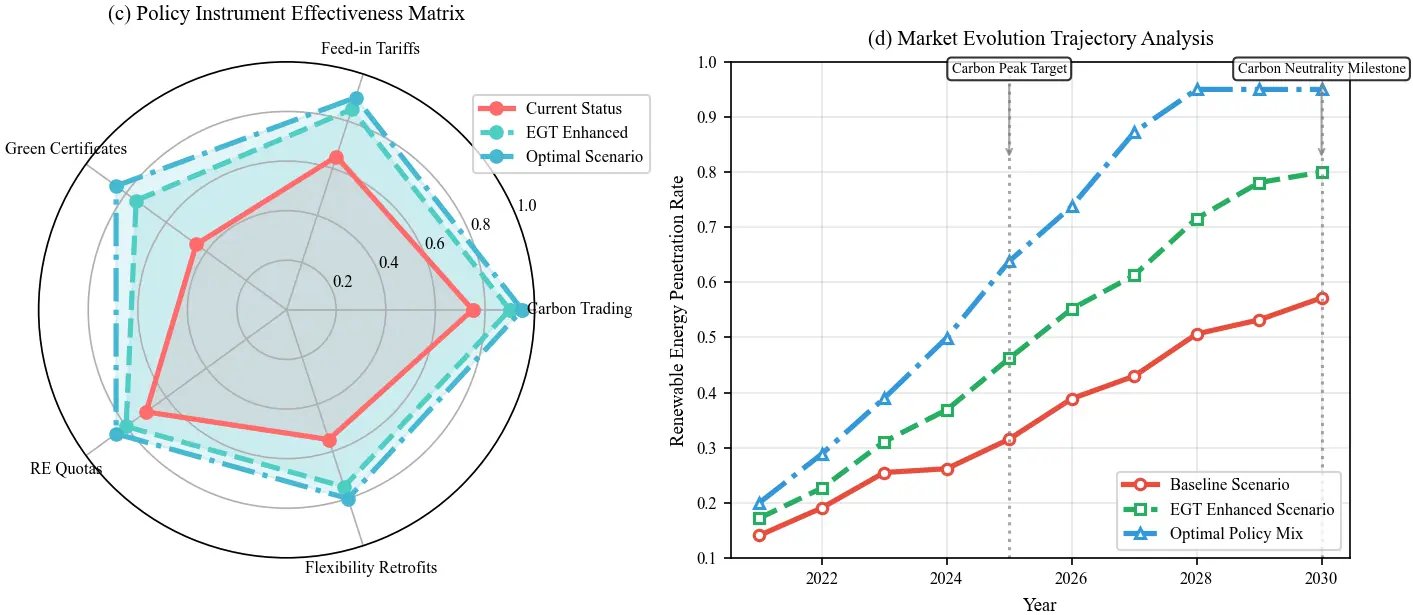
Open Access
Commentary
28 September 2025From Crisis to Coordination: How AI Transformed Public Health Policies during COVID-19
The COVID-19 pandemic showed the shortcomings of traditional policy-making procedures and highlighted serious flaws in international public health institutions. Artificial intelligence (AI) became a transformative force in response to the crisis’s urgency, allowing for data-driven, flexible, and better-coordinated public health measures. This viewpoint article examines how AI improved communication, accelerated vaccine development and distribution, enhanced decision-making, and optimized healthcare delivery during the COVID-19 pandemic. These advancements collectively contributed to significant changes in public health policy. Real-time analysis of large, complex datasets, ranging from case numbers and mobility patterns to hospital capacities and disinformation trends, was made possible by AI technologies including machine learning (ML) and natural language processing (NLP). Timely interventions like resource allocation, targeted lockdowns, and control of misinformation were made possible by this capability. AI also played a crucial role in forecasting infection trends, identifying vulnerable populations, and informing evidence-based decisions. AI-powered solutions further enhanced public involvement and cross-sector cooperation through chatbots and digital platforms delivering trustworthy health information. Additionally, AI-powered solutions enhanced public involvement and cross-sector cooperation, including the use of chatbots and digital platforms to provide trustworthy health information. AI sped up supply chain optimization and candidate screening in vaccine development, guaranteeing efficient, and quick delivery. However, ethical issues including bias, data privacy, and equity in healthcare access were also brought about by the integration of AI. This study emphasizes the need for open, inclusive, and morally sound AI governance by highlighting AI’s twin roles as a technological enabler and a tool for policy. The pandemic provides a fundamental lesson for countries preparing for future health emergencies: AI may be a key instrument in creating public health systems that are more robust, responsive, and equitable if it is applied properly.
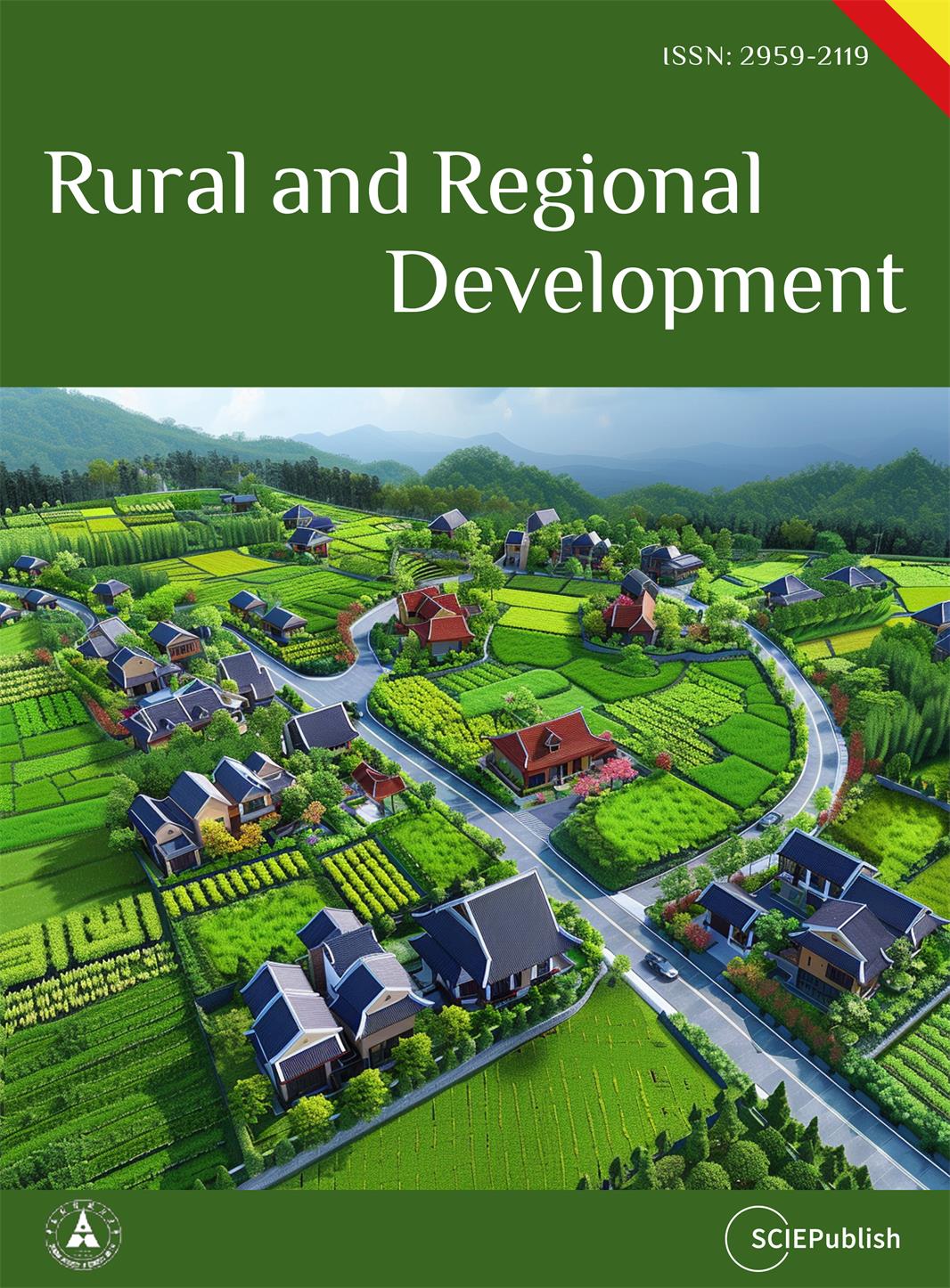
Open Access
Article
24 September 2025Policy Analysis and Stakeholders Insights to Achieve SDGs in Kurashiki, Japan: Opportunities and Challenges of Applying Big Data to SDG Localization
This paper provides a comprehensive analysis of policy and stakeholder insights related to the achievement of the Sustainable Development Goals (SDGs) in Kurashiki, Japan. It critically examines both the opportunities and the inherent challenges of harnessing big data and open data technologies for SDG localization in the context of a medium-sized city. In the field of sustainable urban development, especially within the framework of the United Nations Sustainable Development Goals (SDGs), it has become crucial to understand the role of advanced technology and data analytics in policy formulation and implementation. While megacities are often at the center of such discussions, cities such as small and medium-sized ones are equally compelling due to their unique challenges and opportunities. As an SDGs future city in Japan, Kurashiki City, SDGs-related policies and initiatives that are gaining prominence in the region, especially policies that utilize big data and open data to advance the SDGs. This study first contextualizes the SDGs within the global and Japanese frameworks, providing insights into the critical role of big data and technology in improving the effectiveness of policies to achieve the goals. Secondly, it highlights Kurashiki’s unique challenges and opportunities. It explores the city’s current strategies and measures for implementing the SDGs by using a mixed methodology of qualitative and quantitative analysis, including policy analysis and stakeholder interviews. Key findings suggest that while Kurashiki has made significant progress in aligning with the SDGs, there are still areas that can be greatly improved regarding big data and open data technology integration. The research identified gaps in the current literature and provided insights from local stakeholders, including government agencies, private sectors, and community groups. The findings emphasize the importance of contextualized strategies, public-private partnerships, and adaptive technology infrastructure and establish a stakeholder policy implementation framework that attempts to serve as a guide for similar medium-sized cities aiming to harness big data and open data in their quest for sustainable development. It concludes with targeted recommendations for policymakers and stakeholders in Kurashiki, emphasizing the need for a more integrated, data-driven approach to effectively achieve the SDGs.
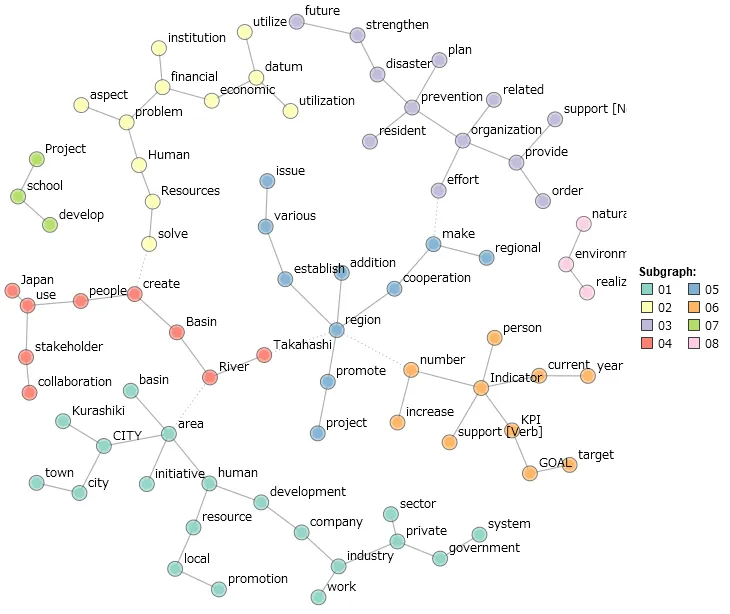
Open Access
Article
21 July 2025The Intergovernmental Networks of Ecological Protection Policies Issuing Entities in the Source Region of the Yangtze River: A Case Study of Qinghai Province
Ecological conservation and governance play key roles in constructing an ecological civilization society, while intergovernmental cooperation provides new perspectives for cross-regional ecological governance. We employed a social network analysis (SNA) method to examine 110 published ecological policies from 2000 to 2024 in the Source Region of the Yangtze River (SRYR). The study has three key findings. Firstly, intergovernmental collaborative policies on ecological protection showed an upward trend, with intra-provincial collaborations within Qinghai Province being the most frequent. Secondly, four collaboration models were demonstrated, namely: national ministries, national and provincial, cross-provincial and intra–provincial collaborations. National agencies and Qinghai provincial agencies collaboratively set objectives, which Qinghai operationalizes with incentive-constraint measures. Then, the targeted guidelines were launched by national and provincial authorities. Afterward, cross–provincial agreements and mechanisms facilitate joint actions. Thirdly, we revealed the hierarchical structures, including a national network, two central-local sub-networks, three-tier inter-provincial partnerships, and four regional sub-clusters. Core actors include national ministries that coordinate cross-departmental efforts. The Qinghai provincial government serves as a central-local hub. It maintains strong transboundary ties with Aba and Ganzi Prefectures of Sichuan Province. Provincial departments such as ecology and environment, forestry and grasslands, and finance lead intra-provincial collaborations. These findings offer new insights for integrating multi-level governance in ecological protection and ecological civilization construction.
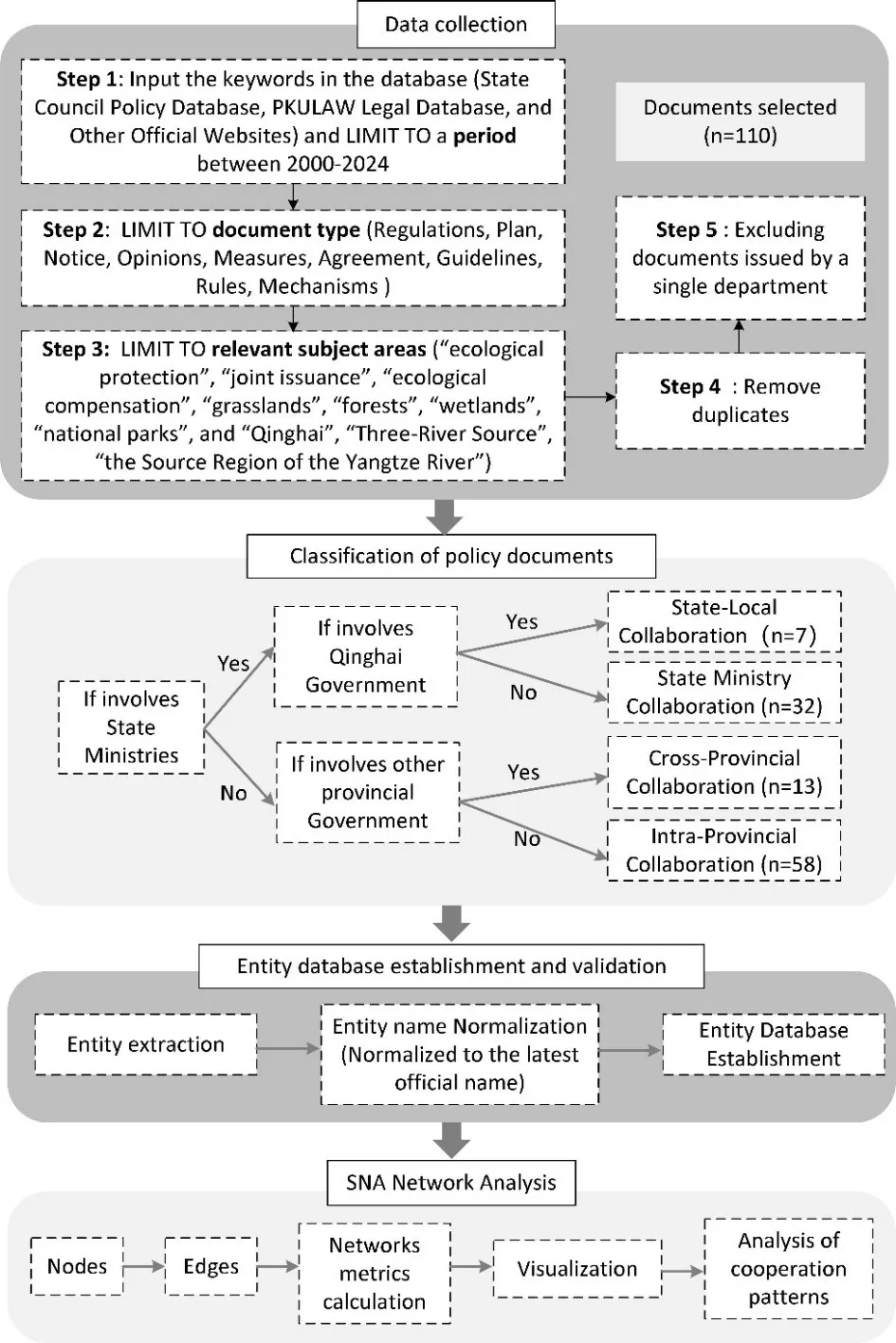
Open Access
Article
26 May 2025Electric Vehicles, Artificial Intelligence, and Climate Policy
This article explores the environmental implications of electrification and artificial intelligence (AI) infrastructure, emphasizing the importance of aligning technological development with climate goals. There is a lack of academic literature that explains and analyses such issues. Section 1 assesses the climate efficacy of promoting electric vehicles (EVs) and electric heating in regions where electricity is primarily coal-based. While electrification offers substantial climate benefits when powered by clean energy, lifecycle analyses reveal that EVs in coal-reliant grids may emit more greenhouse gases than internal combustion engine vehicles. Similarly, the climate performance of electric heat pumps depends on the carbon intensity of electricity sources. The section advocates for integrated policies that simultaneously promote electrification and grid decarbonization, enhancing emissions reductions and public health while mitigating the negative impacts of increased demand on polluting power plants. Section 2 uses Saudi Arabia as a case study and examines the environmental impact of AI data centers in the context of Saudi Arabia’s energy and climate policies. It highlights AI infrastructure’s energy and water intensity and its potential to strain environmental resources. To align AI development with national sustainability goals, the article recommends policies such as siting data centers near renewable energy sources, enforcing environmental efficiency standards, fostering R&D partnerships, mandating sustainability reporting, and expanding power purchase agreements and demand response participation. These measures aim to ensure responsible AI growth within climate-aligned frameworks. The implications of this study are that electrification and AI infrastructure can significantly reduce emissions and improve efficiency if powered by clean energy, but they also risk increasing environmental strain unless technological growth is carefully aligned with climate and sustainability goals.
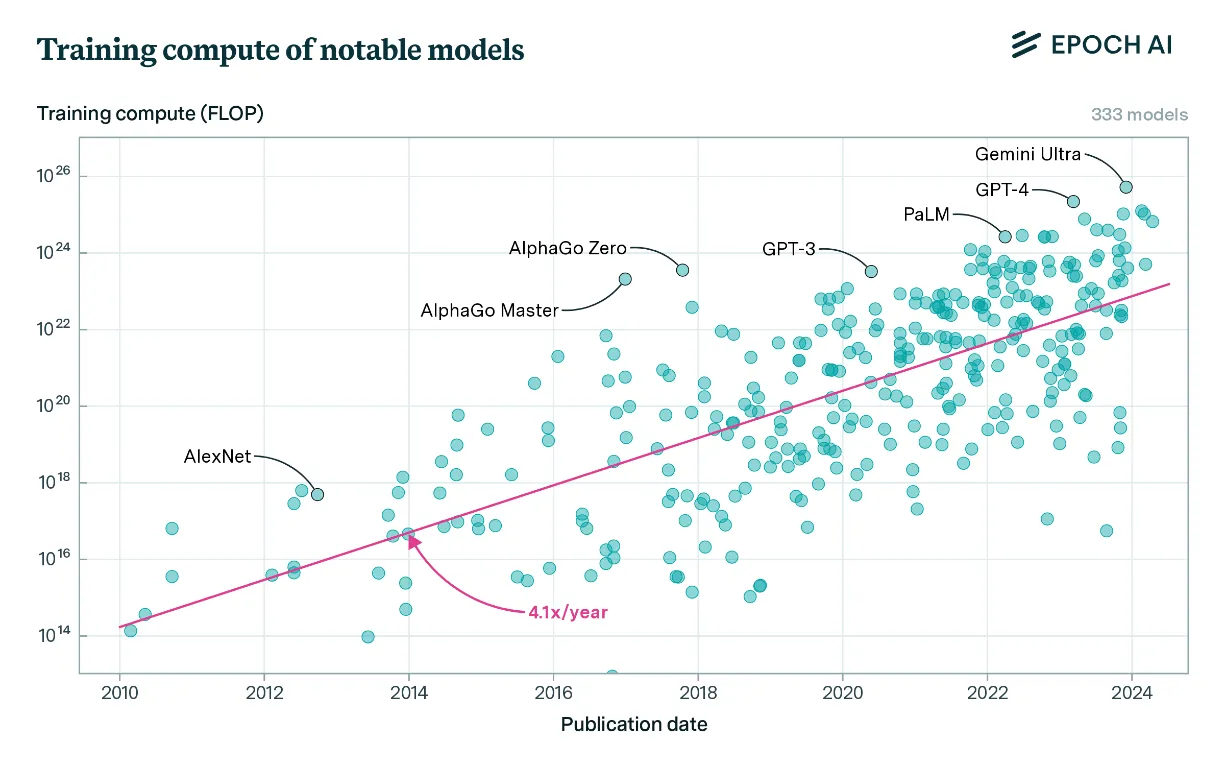
Open Access
Article
18 April 2025Factors Influencing the Incomes of Chinese Herdsmen in the Context of Grassland Ecological Compensation: A Meta-Analysis
This original paper, within the context of grassland ecological protection subsidies and reward policies, draws on 27 empirical studies conducted between 2011 and 2024 to conduct a meta-analysis of the factors influencing Chinese herdsmen’s incomes concerning heterogeneity and its sources. The results reveal 16 variables that have a significant positive impact on herdsmen’s incomes. These include herdsmen’s gender, age, ethnicity, level of education, household size, labor force, membership in cooperatives, subsidy amount, livestock quantity, living and production expenses, fixed assets, grassland area, per capita grassland area, grassland quality, and location. Among them, the quantity of livestock shows the greatest effect. Significant heterogeneity is evident across six variables: Subsidy amount, livestock quantity, grassland area, labor force, production expenses, and per capita grassland area. The heterogeneity in subsidy amount and grassland area originates from the use of different statistical methods, while the heterogeneity in livestock quantity is attributable to differences in the type of literature; per capita, grassland area heterogeneity is caused by differences in the geographical regions under analysis.

Open Access
Article
08 April 2025Research on the Logic of Mobile Governance from the Perspective of Path Dependency: A Case Study of the Implementation of the “Coal-to-Gas” Policy in Rural Areas of Handan
Mobile governance, a commonly used governance approach in China, has always been controversial. Behind the persistence of mobile governance lies the underlying governance logic. This paper takes the implementation of the “coal-to-gas” policy in rural areas of Handan as a case study to analyze the path-dependent logic inherent in mobile governance. The paper argues that mobile governance’s selection path embodies path dependency characteristics, including three paths: conformist path dependency, policy-based path dependency, and demand-based path dependency. Mobile governance can be regulated through three paths: formulating a comprehensive list of rights and responsibilities for grassroots governance, the provincial government enacting relevant regulations to standardize the grassroots governance process, and vigorously developing e-government and digital government technologies to enhance the rule of law and standardization in grassroots governance.

Open Access
Article
28 November 2024A Review of the Energy Policy in Greece in the Last 50 Years and Its Implications for Prosperity
This paper elucidates the development of electricity production and distribution in Greece from the 1950s to date, in correlation with national and European energy policy. During this period, Greece experienced a multifaceted energy transition, including both the transition of ownership of energy generation companies from public to private and a transition from an energy mix in which coal (lignite) served as a major and inexpensive resource to a mix in which wind power, solar power and natural gas gained a primary role, but with high costs for energy generation. The correlation between electrical energy consumption and economic growth is explored in this context, revealing an increase in consumption before the 2009 recession and a decline thereafter. The study investigates the correlation between escalating electricity prices and legislative dependencies that mandated the purchase of wind- and solar-generated electricity at exorbitant rates, the closure of cost-effective lignite units, and the reliance on natural gas—a commodity susceptible to geopolitical shifts. It also shows that, given the structure of the Greek energy mix, the increase in the share of wind and solar energy in the mix is directly related to the increase in the price of electricity. Highlighting the importance of energy costs for prosperity, this paper underscores, through the detailed review of the Greek energy “landscape”, that the major determinants of electricity prices are both the accessibility to natural resources but also their proper and judicious management.
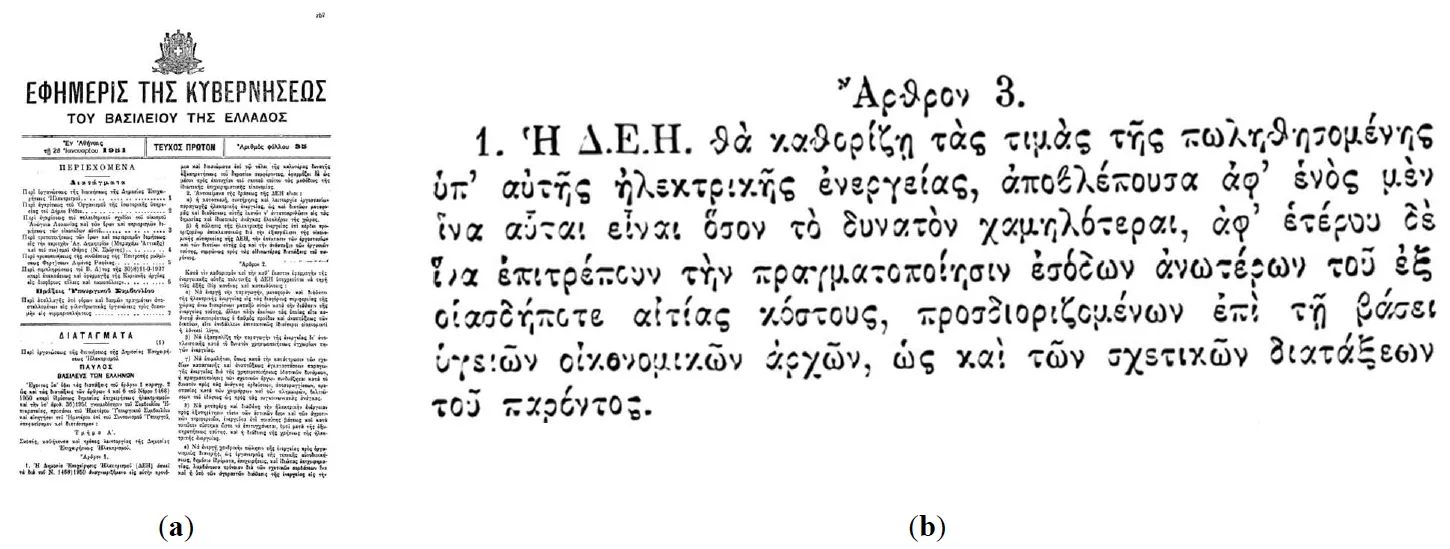
Open Access
Article
18 October 2024Multi-Objective Distributed Real-Time Trajectory Planning for Gliding Aircraft Cluster
A new combat strategy that enables coordinated operations of gliding aircraft clusters for multi-target strikes imposes higher demands on the coordination, real-time responsiveness, and strike accuracy of gliding aircraft clusters. Due to the high speed and large inertia characteristics of gliding aircraft, traditional trajectory planning methods often face challenges such as long computation times and difficulty in responding to dynamic environments in real-time when dealing with large-scale gliding aircraft clusters. This paper proposes a distributed cooperative trajectory planning method for multi-target strikes by gliding aircraft clusters to address this issue. By introducing a multi-objective distributed real-time trajectory planning approach based on Multi-Agent Deep Deterministic Policy Gradients (MADDPG), the gliding aircraft execute distributed cooperative trajectory planning based on the trained model. Due to its robust real-time performance, the gliding aircraft do not need to recalculate trajectories for different initial positions of the cluster. Simulation results show that the average error between the gliding aircraft cluster and the target point is 2.1 km, with a minimum error of 0.06 km and a hit rate of 96.6%, verifying the significant advantages of this method in real-time planning capability and strike accuracy.
